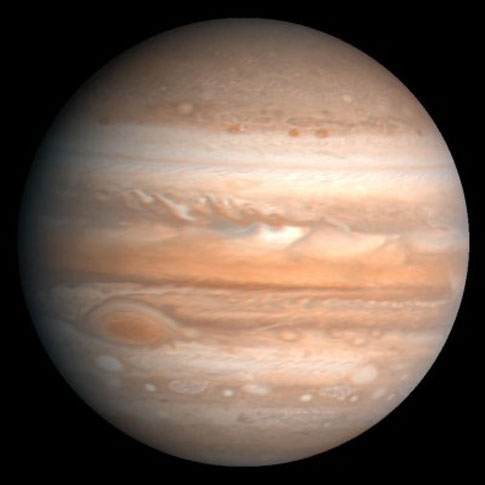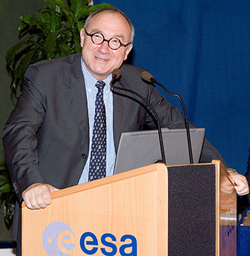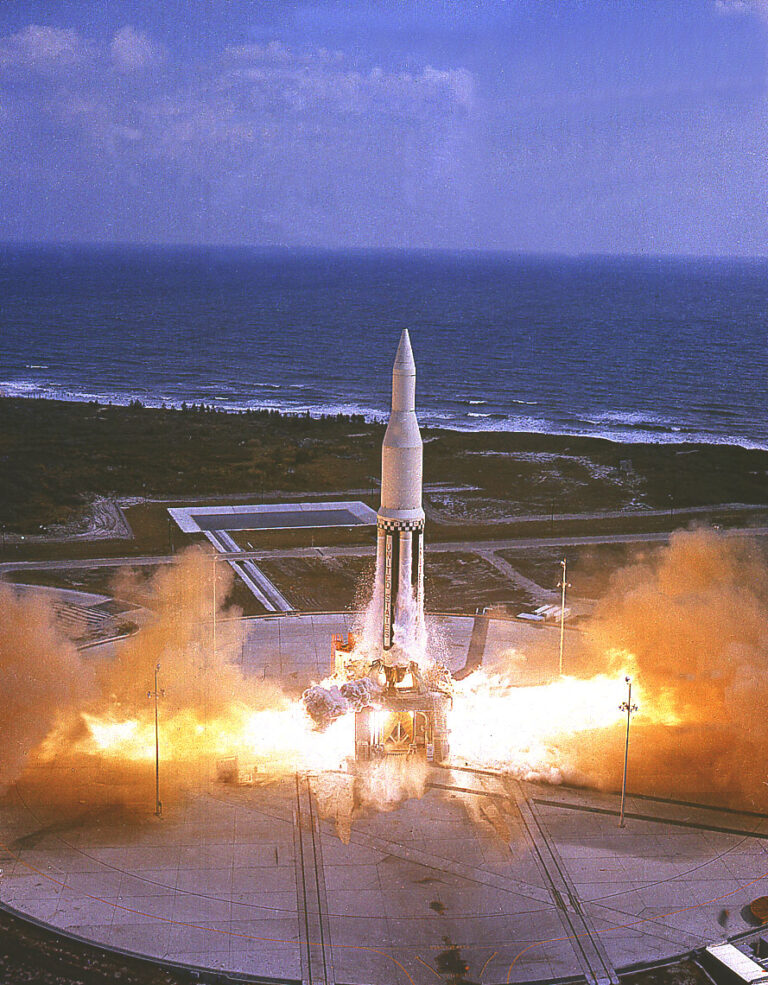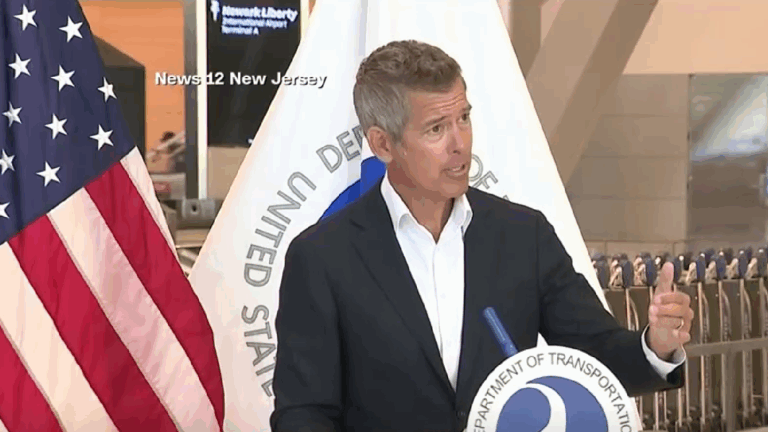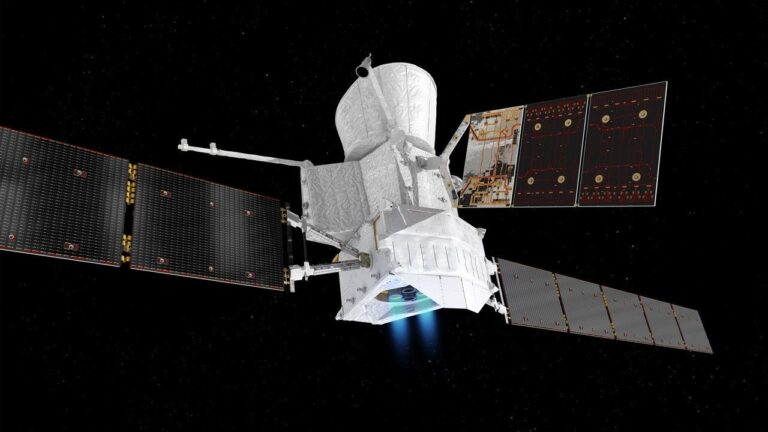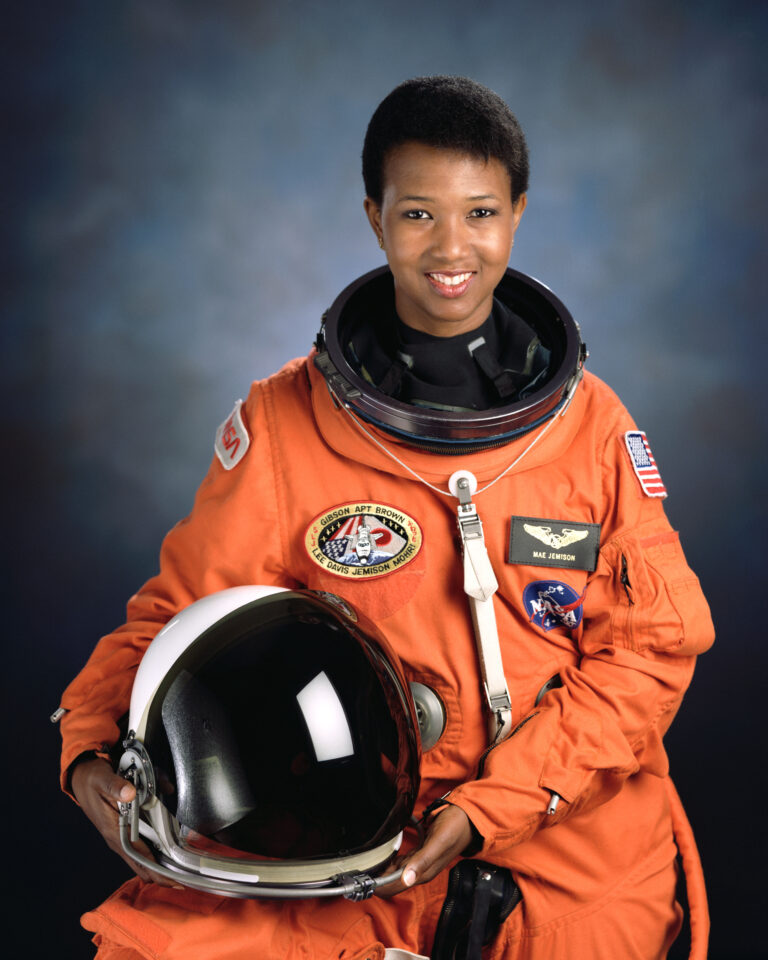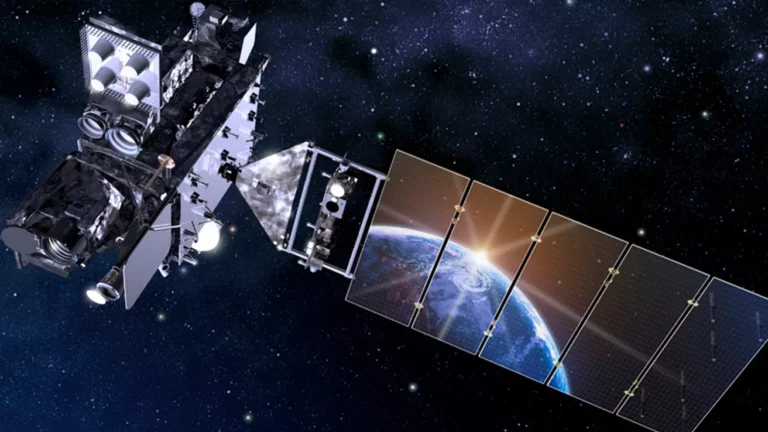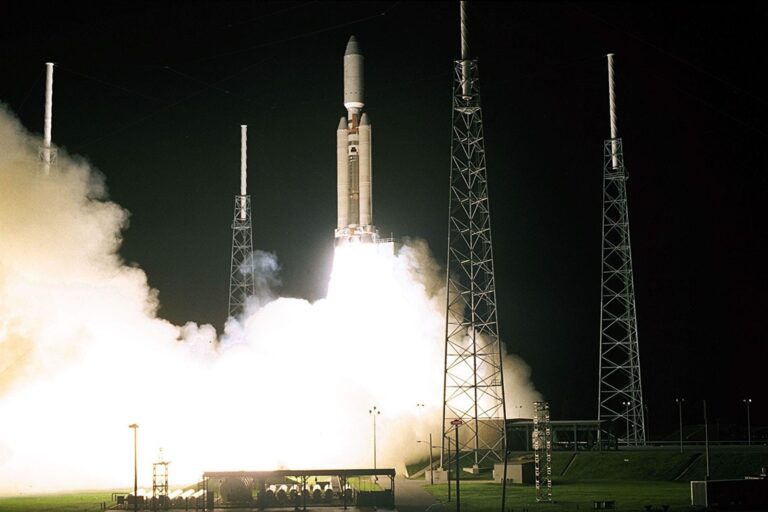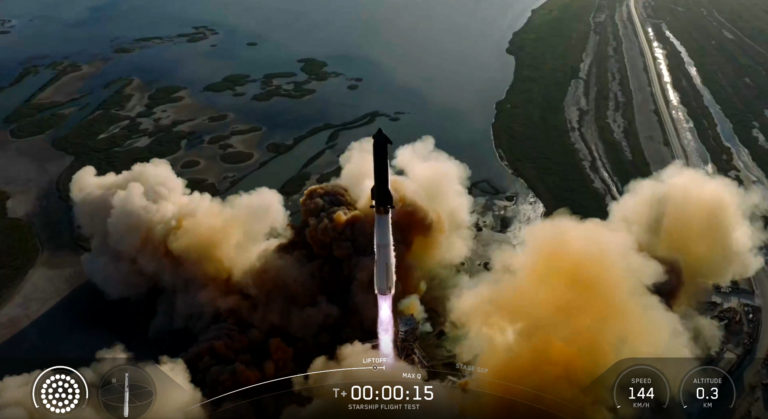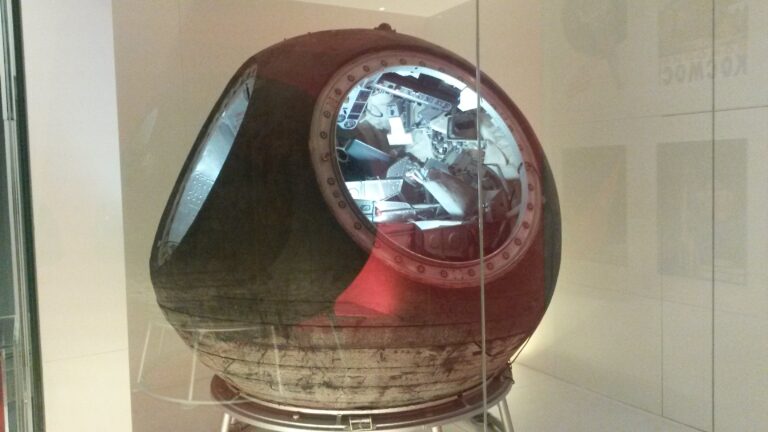Key Takeaways:
Enthusiasm and a large response from the European scientific community marked the first steps in defining ESA’s scientific program for the period between 2015 and 2025. “The future starts today,” said ESA’s Director General Jean-Jacques Dordain, addressing the community on April 11, 2007.
At the end of March 2007, the ESA received more than 60 “letters of intent” from European space-science research teams, expressing their intentions to submit proposals for new scientific missions, and providing their preliminary concepts. The amount of responses is 50 percent more than at the previous call for proposals, in October 1999.
“These concepts will now have to be consolidated into detailed proposals and submitted to ESA by June 29, 2007,” said Sergio Volonte, the head of ESA’s Science Planning and Community Coordination Office.
The mission concepts range from the exploration of Jupiter and its satellite Europa, to studying radiation from the Big Bang, to testing theories concerning the inflation of the Universe. The concepts also include missions to study near-Earth asteroids, looking for liquid water on Saturn’s moon Enceladus, and spacecraft that might verify the truth about gravity as one of the fundamental forces of nature.
“Since the moment we consulted the scientific community to define the big scientific themes of our program in 2004, it was clear that ESA — with its wealth of missions that came to or are about to come to fruition — has been creating an incredibly positive momentum for space science in Europe and worldwide,” commented David Southwood, ESA Director of Science.
“We are now at a turning point where the legacy of the past embraces the challenges of the future,” Southwood continued. “The success we have achieved so far is stimulating the well-known creativity of European scientists. It is reinforcing the general feeling that what we thought impossible may actually become possible. We are proud to give a flagship to Europe in the field of space science.”
“The future of European science is the result of successful alchemy between your ideas and competence, and ESA’s ability to deliver within resources, space projects that make your ideas come true,” he continued. “Not only have we demonstrated that we are a reliable partner that always sticks to its commitments, but also we have become an example for the world through the European and international dimension we give to our projects.”
“The future we are looking at also includes an ever improving relationship with you — European scientists — and with national and international agencies. We are also trying to convince our Member States to capitalize on the success of the scientific program — the Agency’s only mandatory program — by creating new synergies with other ESA activities, such as technology and exploration.”
“This very future starts today,” the Director General concluded.
On June 29, 2007, ESA will receive detailed missions proposals. From October until mid-2009, ESA’s Space Science Advisory committee and scientific working groups will assess the proposals and pre-select three ‘class-M’ missions and three ‘class-L’ missions.
Class-M missions are medium-size projects, where the cost to ESA does not exceed 300 million euros (408 million U.S. dollars). Class-L missions are larger projects, with cost envelopes not exceeding 650 million euros (885 million dollars).
By the end of 2009, out of these three class-M and three class-L missions (plus LISA), two class-M and two class-L missions will further be short-listed for the definition phase (or mission ‘phase A’). This phase will be run by European industries on a competitive basis between the beginning of 2010 and mid-2011.
By the end of 2011, one class-M and one class-L mission each will be adopted for implementation with launches foreseen in 2017 and 2018, respectively.

